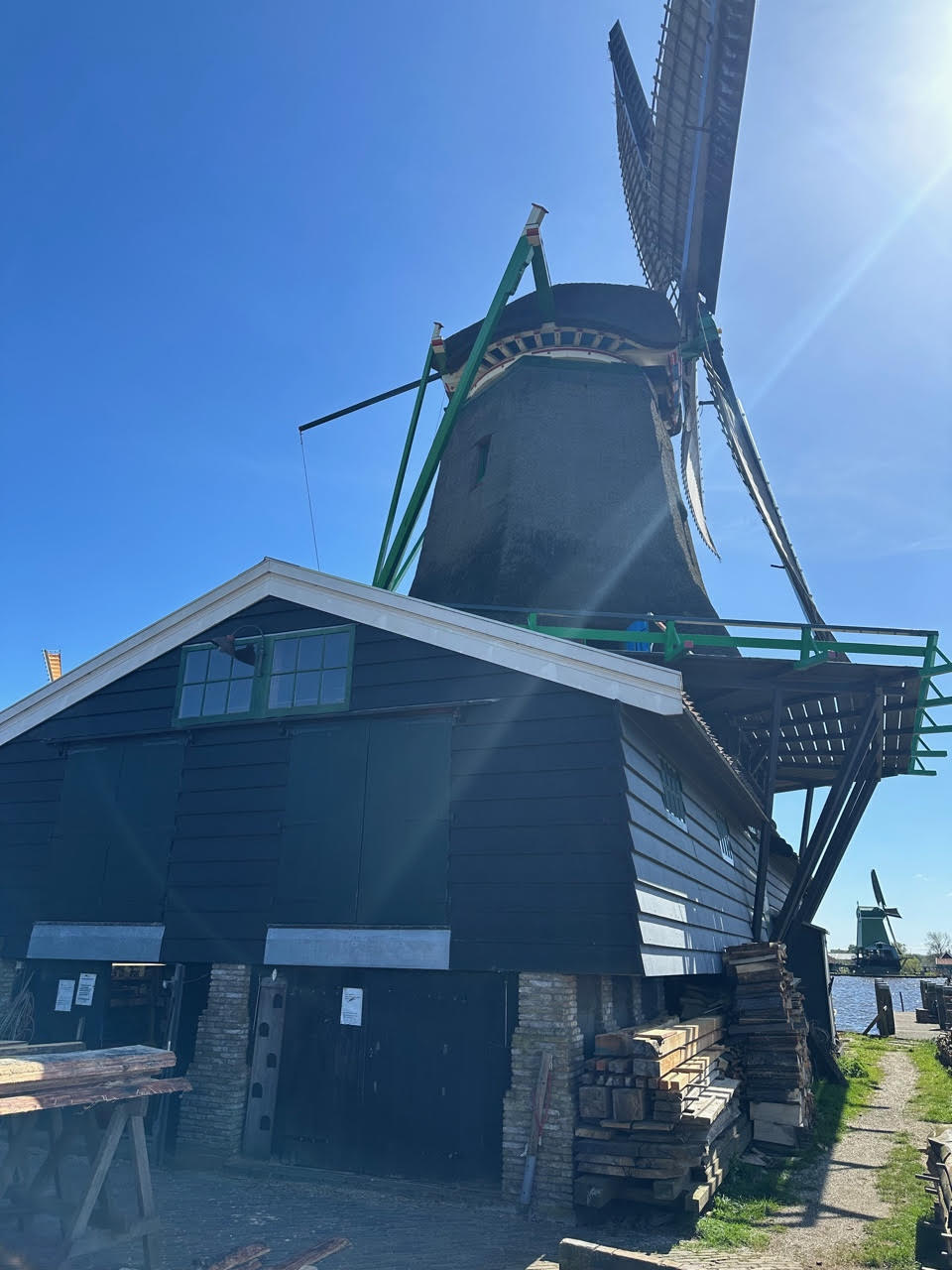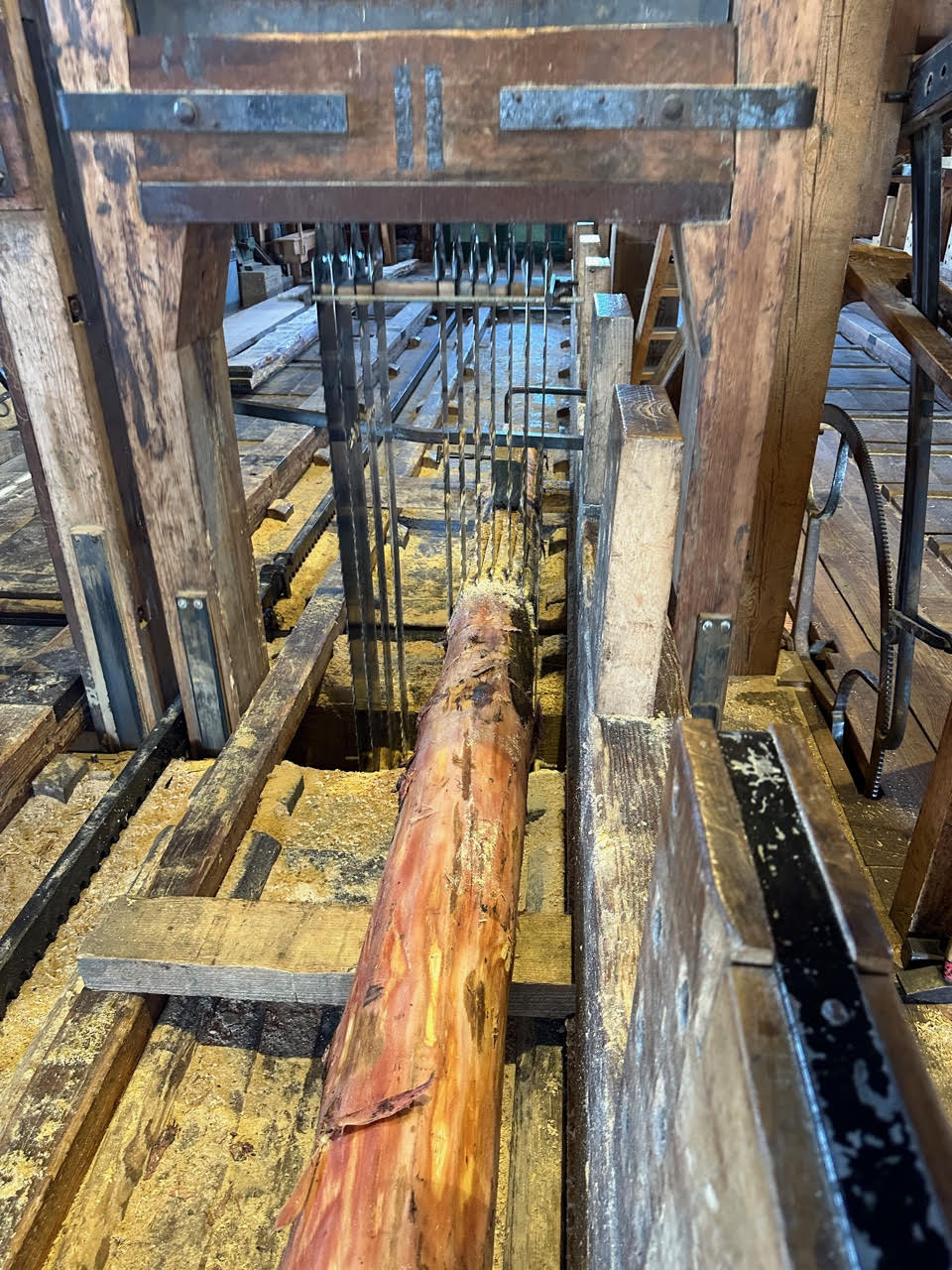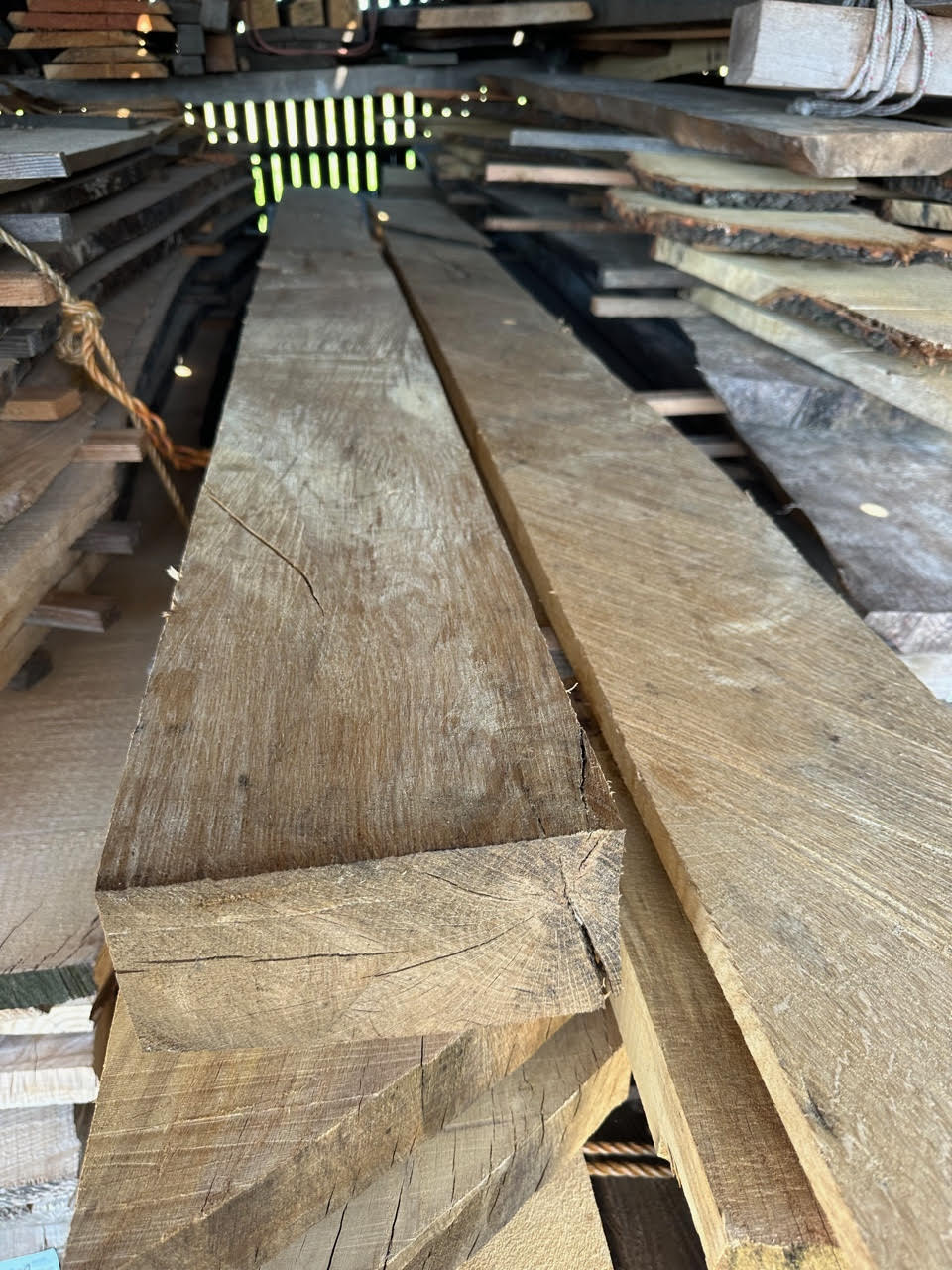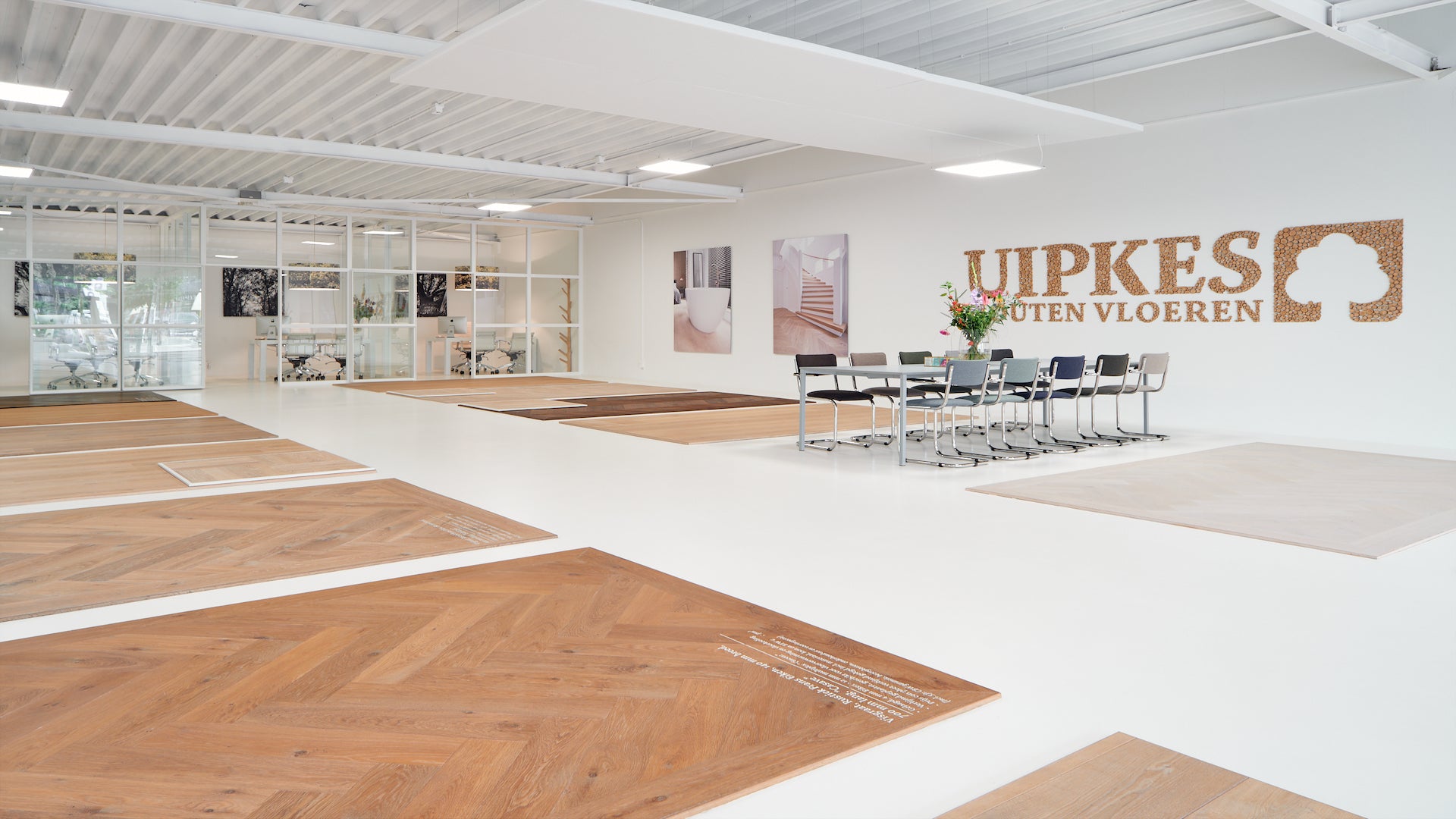Een bezoek aan de Houtzaagmolen "Het Jonge Schaap" op de Zaanse Schans
Datum: 12 april 2024
Leestijd: 4 minuten
Auteur: Uipkes Houten Vloeren
History of sawmills in the Zaan region
Uit het juiste hout gesneden
Ontdek onze prachtige collectie houten vloeren in de showroom
Types of Mills and Their Technology
The Reconstruction of Mill "Het Jonge Schaap"
Ontdek de pracht van hout
Bestel het 108-pagina's tellende gratis houten vloeren magazine van Uipkes







